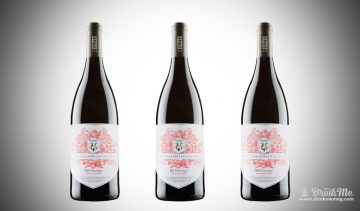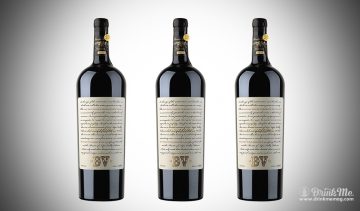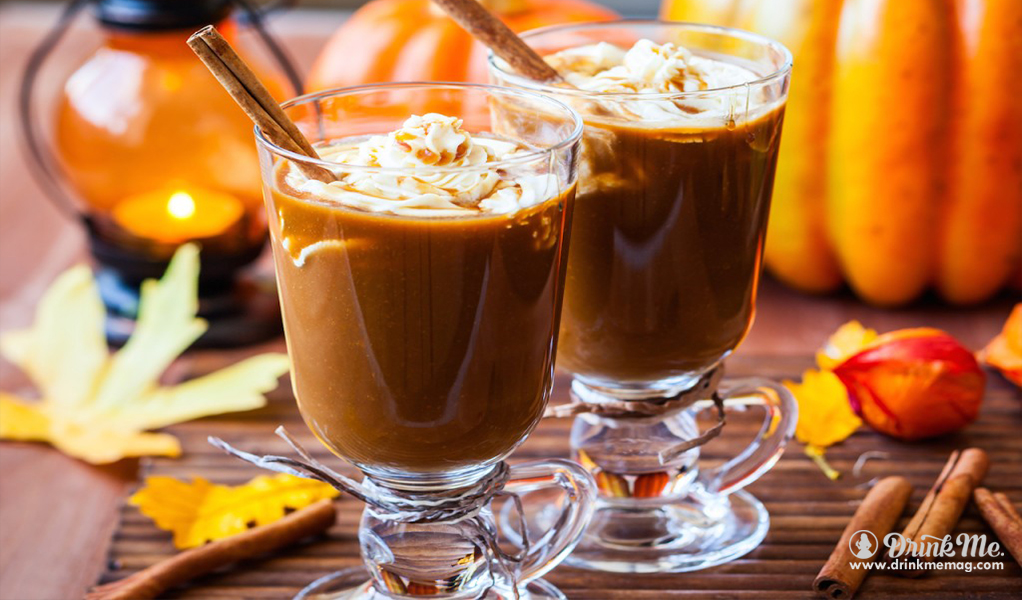Coffee, could there be a more beautiful word in the English language? Coffee isn’t just a beverage. For many people, it’s a way of life. The love for coffee has inspired a wealth of memes and slogans:
- “But first, coffee.”
- “How do I take my coffee? Seriously. Very seriously.”
- “I like my coffee like my metal… black.”
- “A day without coffee is like… I have no idea.”
- “Too much Monday. Not enough coffee.”
As you can see, we have a silly way of talking about coffee and it’s energetic effects. But what if you want to respect coffee like a fine wine. How do you discuss coffee like a connoisseur? Check out the consumers’ guide to drinking coffee like a pro, below.
Decoding Coffee Jargon
One of the first things you notice about the coffee community is the language they use. And sometimes it can be tough to tell the difference between actual terminology and marketing jargon (venti vs. large, anyone?).
Here are a few essential terms to learn and recognize:
- Black Coffee – This is your traditional, no-frills cup of joe. A cup of coffee naturally has a dark hue, until you add milk or creamer. Despite the on-going debate, a black coffee has no sugar.
- Espresso – Be sure to stress the “s” in espresso. It’s not “expresso” it’s “espresso.” Espresso is a finely coffee brewed under pressure with the help of steam. It tends to have a much stronger taste that a cup of brewed coffee.
- Caffè Americano – During WWII, American GIs thought Italian and Spanish espresso was too strong, so they diluted it with hot water. Hence the drink became known as “coffee Americano.” While similar to black coffee, an Americano tends to be less acidic.
- Lattes Coffee – Do you like steamed milk in your coffee? Well, that’s a lattes coffee! What makes these drink so special is the milk fat which compliments the bitter espresso, giving the beverage a creamy finish. Many coffee connoisseurs also appreciate lattes for the presentation, which could include foam art.
- Cappuccino – The difference between lattes and cappuccinos is the amount of milk foam in the drink. A cappuccino is roughly 1/3 espresso, 1/3 steamed milk, and 1/3 foam. If you pick it up, it’s like lifting a cloud. A lattes coffee on the other hand is over half steamed milk and just a gentle layer of foam on top. Understand this, and you are on your way to being a coffee pro!
- Mocha – Add a little chocolate to your lattes coffee and you have yourself a mocha. Yum!
- Macchiato – The term “macchiato” literally means “to mark.” Thus a latte macchiato is steam milk “stained” with coffee. And a caffè macchiato is espresso “marked” with milk.
Now that you got the essentials down, we can move to tasting terminology:
- Mouthfeel – Also known as “body” or “weight,” this is used to describe the feeling of coffee on your tongue. It takes a while to notice the difference in sensations. Imagine you are drinking a glass of milk. Nonfat milk has a light body and a watery mouthfeel compared to heavy cream which has a stout body and a silky mouthfeel. Can you tell the difference?
- Acidity – Acidity refers to the “bright” bitterness of a coffee. A coffee with high acidity might taste like you are sucking on a penny. Comparatively, Greek yogurt has a tangy acidity. Low acid coffees will lack this quality.
- Flavor Notes – There are dozens of flavor notes in coffee that you will learn to respect with time and tasting. “Nutty” denotes flavors that taste like nuts. “Earthy” is reminiscent of the smell of wet soil. “Coco” is a chocolatey taste. And “caramel” is, of course, a caramelly, burnt sugar taste. These are just a handful of examples. What flavor notes do you notice?
While we hope this guide has been helpful for you, the only true way to appreciate a cup of coffee is to drink on yourself. So break out the brew, and enjoy your caffeine, your way.
Cheers!










